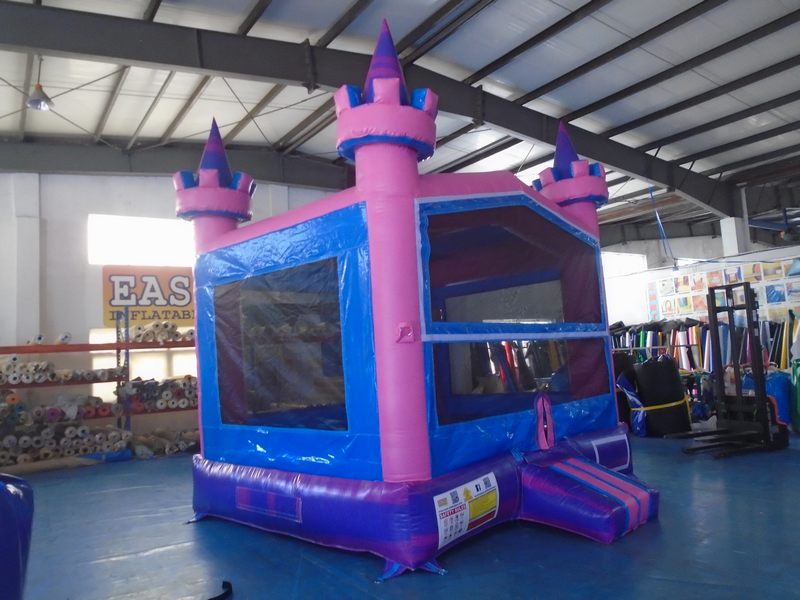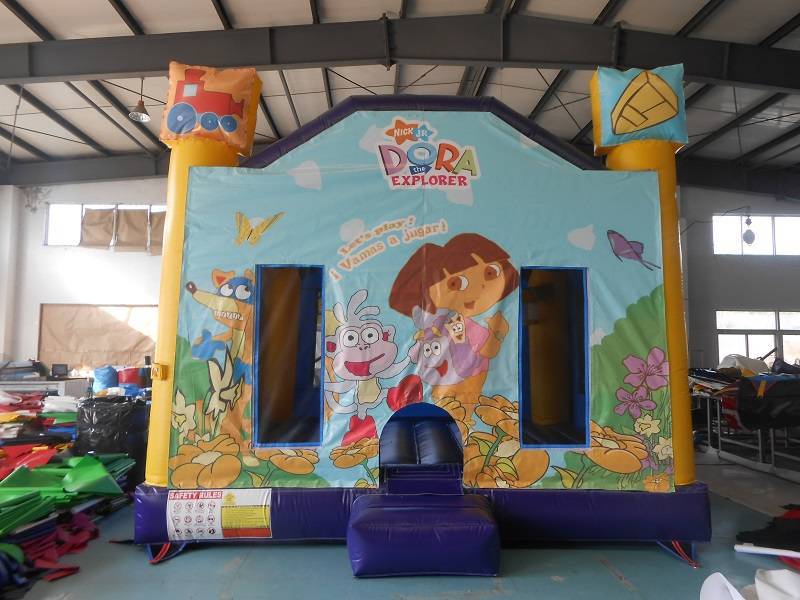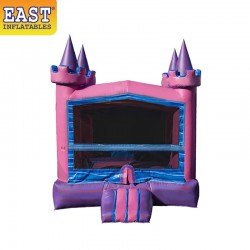
Ensuring that a bounce house is properly inflated is essential for both safety and fun. A bounce house that is underinflated can cause accidents, while one that is overinflated can damage the inflatable structure. Here are several ways you can check if your bounce house is correctly inflated:
1. Check for Firmness
The bounce house should feel firm but still have some give when pressed. A properly inflated bounce house should maintain its structure when children jump on it but should not feel rock hard. Press down on different parts of the bounce house to ensure the firmness is consistent throughout.
2. Look at the Shape
If a bounce house is underinflated, it will look saggy or deflated in certain areas. The bounce house should hold its intended shape evenly. Check the walls, corners, and roof (if applicable) to make sure they are standing tall and upright without drooping.
3. Listen for the Blower
The blower should run continuously and maintain a steady airflow into the bounce house. If the blower sounds like it’s struggling or working too hard, it could be a sign that the bounce house is not inflating properly. Make sure there are no blockages in the blower or air tubes.
4. Monitor Bounce and Flexibility
A properly inflated bounce house will provide a good bounce when kids jump on it. If the bounce feels flat or too soft, the bounce house may be underinflated. Conversely, if it feels too stiff or difficult to jump on, it might be overinflated. The ideal bounce is somewhere in between, providing fun while absorbing impact safely.
5. Check the Air Pressure Regularly
Some bounce houses come with air pressure indicators, but even without one, you can manually check by observing how the structure holds up. Periodically check to ensure that the bounce house hasn’t lost air over time, especially if it’s been in use for several hours.
6. Inspect the Seams
Overinflation can cause stress on the seams, leading to potential rips or tears. While a properly inflated bounce house will have slightly taut seams, they should not be stretched to the point of tension. Inspect the seams regularly to ensure they are intact and not under excessive strain.
Conclusion
Proper inflation is key to ensuring both safety and enjoyment when using a bounce house. By checking the firmness, shape, blower operation, bounce quality, and seams, you can be confident that your inflatable is ready for a safe, fun-filled event. Regular monitoring of these factors will help keep your bounce house in top condition throughout the day.





Leave a Comment